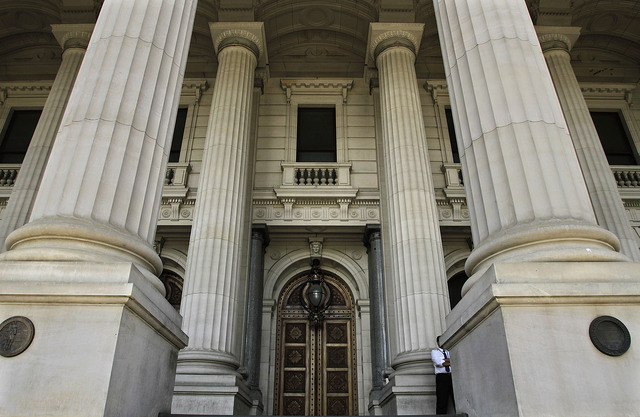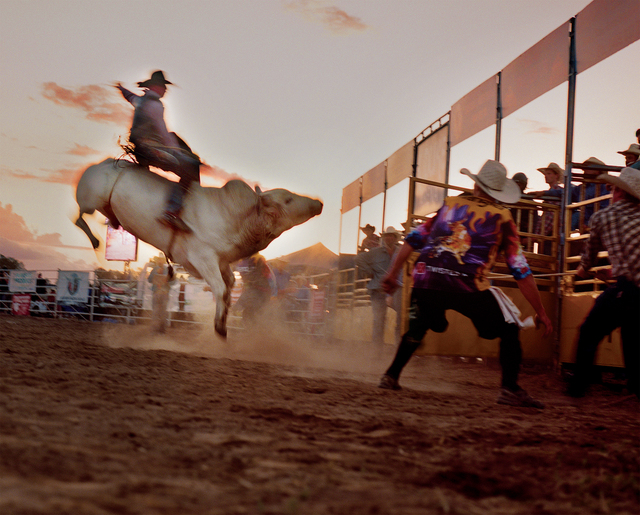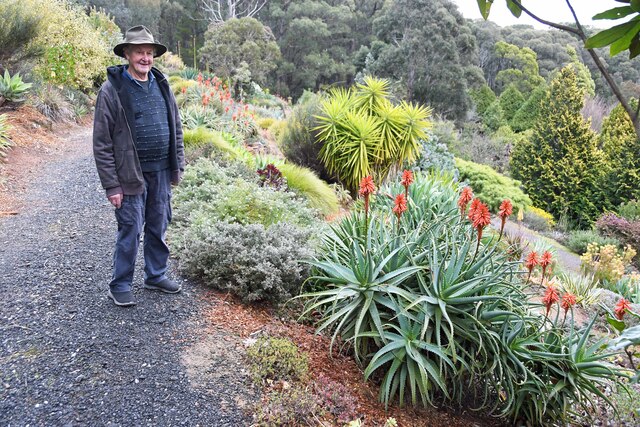The State Government has highlighted cost-of-living relief for families in the 2025-26 State Budget, while delivering an operating surplus, excluding funds for the $35 billion Suburban Rail Loop project stage 1.
Its targeted relief includes a $100 Power Saving Bonus on energy bills, free public transport for children and seniors, and increased $400 payments for school camps.
“The cost of living has hit hard,” Treasurer Jaclyn Symes told Parliament on 20 May.
“That’s why this budget delivers targeted, meaningful cost-of-living relief, because good governments don’t look away when times get tough. They step up.”
The Government spruiked that there were no new taxes in the Budget.
But a contentious new $1.8 billion Emergency Services and Volunteers Fund (ESVF) on council rates bills to replace the Fire Services Property Levy has drawn fierce criticism.
The latter will raise an extra $600 million a year from ratepayers to resource volunteer emergency services such as the SES and CFA.
Ahead of the State Budget, CFA members in a convoy of trucks, as well as farmers, joined a protest on State Parliament steps against the ESVF.
The Government plans to raise further state tax revenue, which is forecast to grow by $2.5 billion to $41.7 billion in 2025-26.
It will be driven by rising payroll and land taxes, stamp duty and the ESVF.
The Covid Debt Repayment Plan, which includes a payroll levy, temporary land tax rate changes and a land tax levy, is still planned to continue until 2033.
Revenues from land tax and its Covid levy will rise to $7.6 billion in 2025-26.
Land tax is forecast to rise by 5.4 per cent a year.
Business and manufacturing groups have called for a cap on land tax rises, with a Dandenong South manufacturer’s annual land tax bill soaring from $8703 to $203,900 in the past decade.
Angie Ramos of DH Corrosion & DPC Coatings said the 52-year-old business may be forced to close due to the “unfair tax burden”.
Victorian Chamber of Commerce and Industry chief executive Paul Guerra welcomed “no new taxes and the operating surplus”.
“While addressing the cost of living is important, the State Government must now prioritise stimulating business growth,” he said.
Treasurer Symes also addressed the State’s economic status in her Budget speech, describing it as “strong” and the State’s financial management as “responsible”.
“The Budget delivers an operating surplus in 2025-26, the first since before the pandemic, with average surpluses of $1.9 billion over the forward estimates,” she stated.
“By the end of the forward estimates, net debt is declining as a proportion of the economy.
“These fiscal outcomes and our economic plan will help to ensure Victoria’s economy
continues to grow strongly and creates good secure jobs.”
Meanwhile, Opposition leader Battin said the budget was “built on lies, fantasy forecasts and spiralling debt”.
“Labor has run a cash deficit, and Victoria’s debt is now set to blow out to $194 billion by 2028-29, knocking on the door of $200 billion,” he noted.
“That’s why we are seeing crumbling roads, record hospital waitlists and Labor cutting $2.4 billion from our public schools. Victorians are paying more and getting less.”
Apart from the growing net debt concerns, Opposition MP for the South-Eastern Metropolitan Region Ann-Marie Hermans noted that the State’s cash flow is in a “shocking” state with a deficit of only nearly $10 billion for 2025-26 with no cash flow surplus in sight, year after year, for the following three years.
“Spending is totally out of control. The government isn’t delivering a $611 million surplus. This is a fanciful forecast given that average operational expenditure is $14 billion worse than forecast,” she said.
“Further, interest payments are estimated to be $1.2 million per hour, each and every day till 2028-29.
“Taxation revenue is forecast to be almost $42 billion in 2025-26, before growing by an average of 5 per cent per year over the following three years, an over $2 billion increase per year.
“Unemployment is forecast to be 4.75 per cent, worsening from the 2024-25 forecast, and cementing our inglorious reputation of having the worst unemployment rate of any state.”







